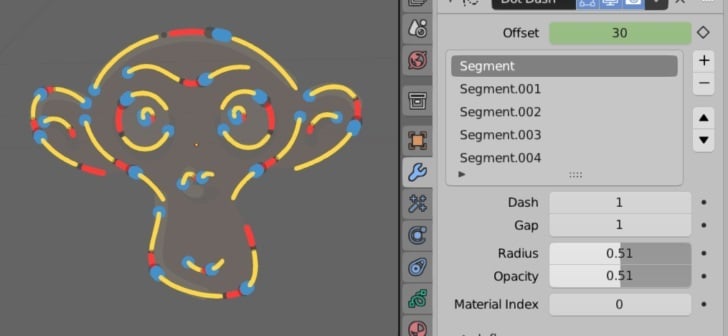Blender is open-source 3D modeling software that has a complete suite of tools for modeling, sculpting, rigging, animating, and rendering, making it useful for the complete 3D design pipeline. In fact, it’s the most popular free 3D modeling program.
Released on December 3, 2021, Blender 3.0 marks an important update because it’s the end of the 2.x era, which started with Blender 2.0 in the year 2000. And to mark this momentous occasion, 3.0 comes with tons of updates.
The update has been overwhelmingly well received. The main praise focuses on performance, specifically for the Cycles render engine. Users have also positively noted that Blender is evolving so fast, especially for open-source software, that it’s even making paid software break out into a sweat to keep up.
People also praise the UI updates, which included new area management, better contrasting of colors, the ability to merge areas, among other small tweaks that improve the overall look of the program. It’s uncommon to see UI improvement in open-source software, so users appreciate that Blender is keeping it fresh.
In this article, we’re going to look at some of the most important Blender updates across the 3D creation pipeline. But first, let’s look at some noteworthy changes to the software’s overall performance.
Performance and Processors
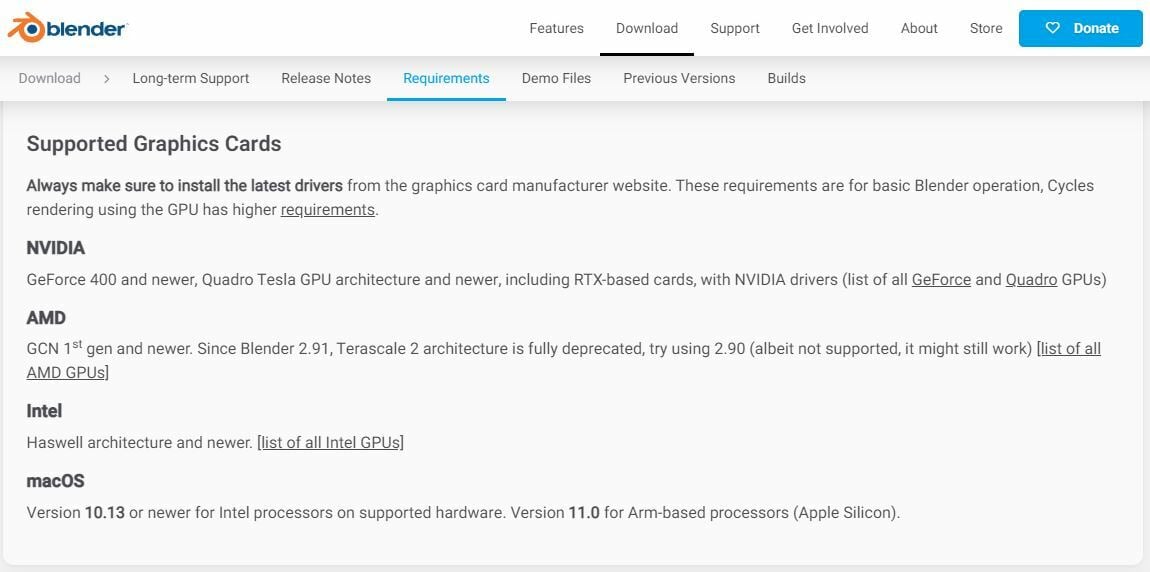
Overall, there have been a number of updates in 3.0 that have improved Blender’s speed and workflow. For example, the viewport got an update that reduces lag when working with large meshes, making working in such conditions “2 to 3 times faster” according to the Blender developers. Additionally, Blend files with numerous link libraries also load faster now.
AMD graphic cards received some additional support. Blender 3.0 now supports RDNA architecture cards, a type of AMD card, and support for AMD on Linux and Apple is planned for the Blender 3.1 release. These are changes that you don’t interact with but, nevertheless, improve the general workflow of the program.
Modeling
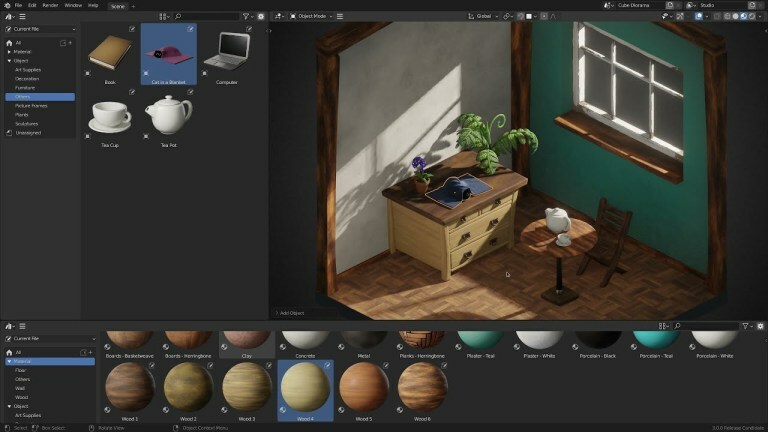
Modeling is the first workspace you see in Blender, and it’s also the first step in the 3D creation pipeline. In 2.9, updates were centered around re-arranging the UI, improving data given by the software, and improving scene copying features. The updates in 3.0 are more focused on specific tools.
For example, the knife tool went through improvements, resulting in a much better modeling experience. Now, it’s easier to snap the direction of the cut into an axis, and there’s also an improved constrained angle mode. Also, you can now undo previous cuts.
The most popular 3.0 update is a new editor, the Asset Browser. With it, you can save your own original models into a library of assets, which you can drag and drop into scenes as many times as you like. It even allows you to create material libraries as well as save different poses for the same character. For the poses, you can access them not only as you’re modeling but also while animating the character.
Thanks to the new Asset Browser, many users are now going back to old projects and saving assets they previously created. Before the update, one had to copy and paste previously created assets or download an add-on to get this functionality.
Geometry Nodes
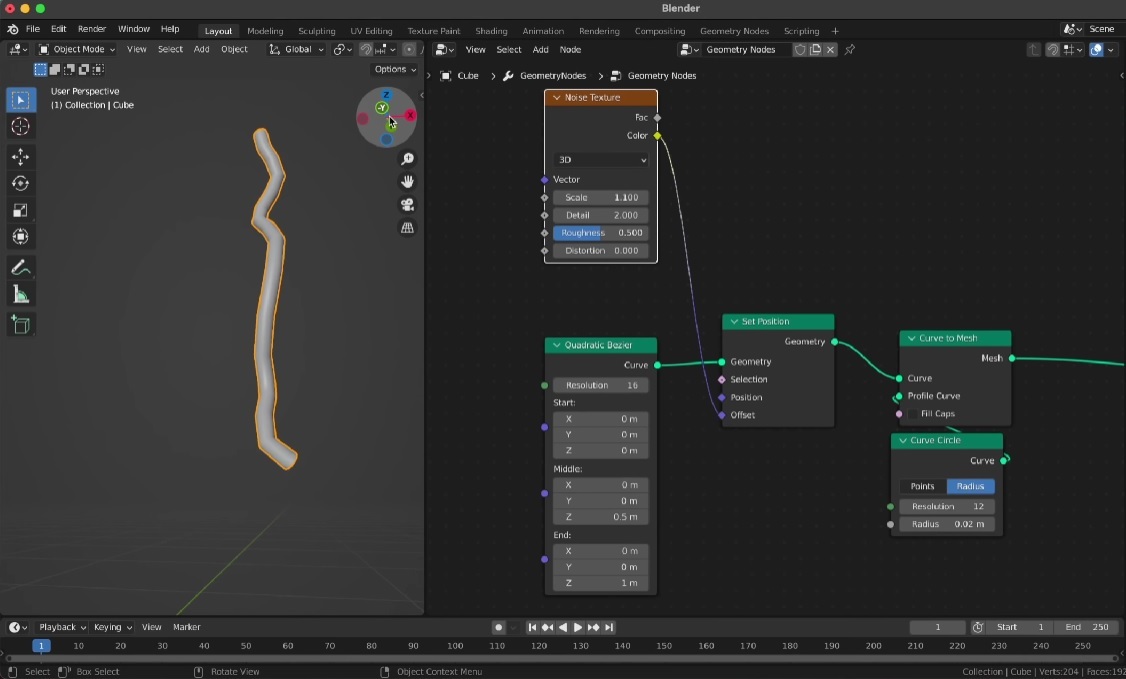
Geometry nodes are technically a modifier. But it’s such a complex and special one, it deserves its own section. Nodes are a way to parametrically modify an object’s geometry, without using traditional modifiers.
If you’re a geometry nodes connoisseur, this update will excite you because a lot has happened in 3.0. Thanks to a new evaluation system, geometry nodes have generally become faster. Additionally, around 100 new nodes were added.
Building and connecting operations has been modified so it’s easier to group nodes together. The visualization of fields in the nodes UI now uses sockets to convey types of connections between nodes.
Regarding updates to some specific nodes, we can now import texture nodes from the Shader editor. Curves are now supported in geometry nodes, including a lot of curve operators. Finally, there are also new nodes for text strings, materials, and more.
Sculpting
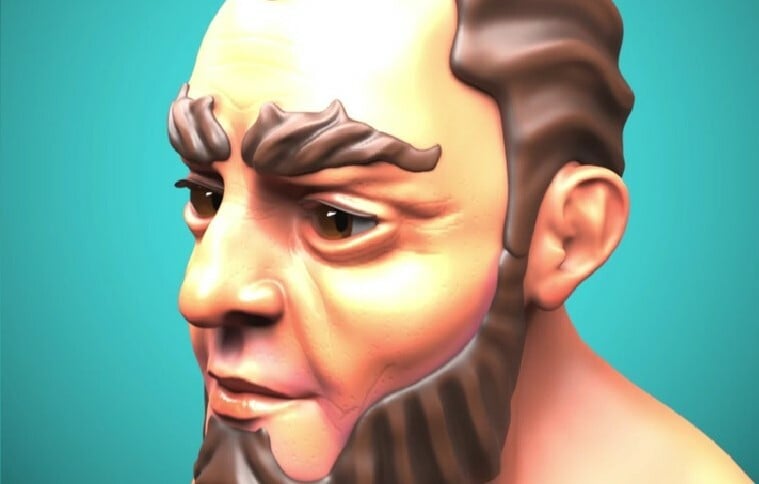
Blender 2.9 saw many updates to sculpting, such as multi-resolution sculpting and the ability to change between subdivision levels. You can create any subdivision type smooth, linear, or simple – at any time, like smooth, linear, and simple subdivisions.
The news in sculpting for 3.0 is that there is no news! There were no sculpting updates, which left digital sculptors a bit underwhelmed. Perhaps the developers left aside sculpting in 3.0 due to the number of updates that came with 2.9.
UV Tools
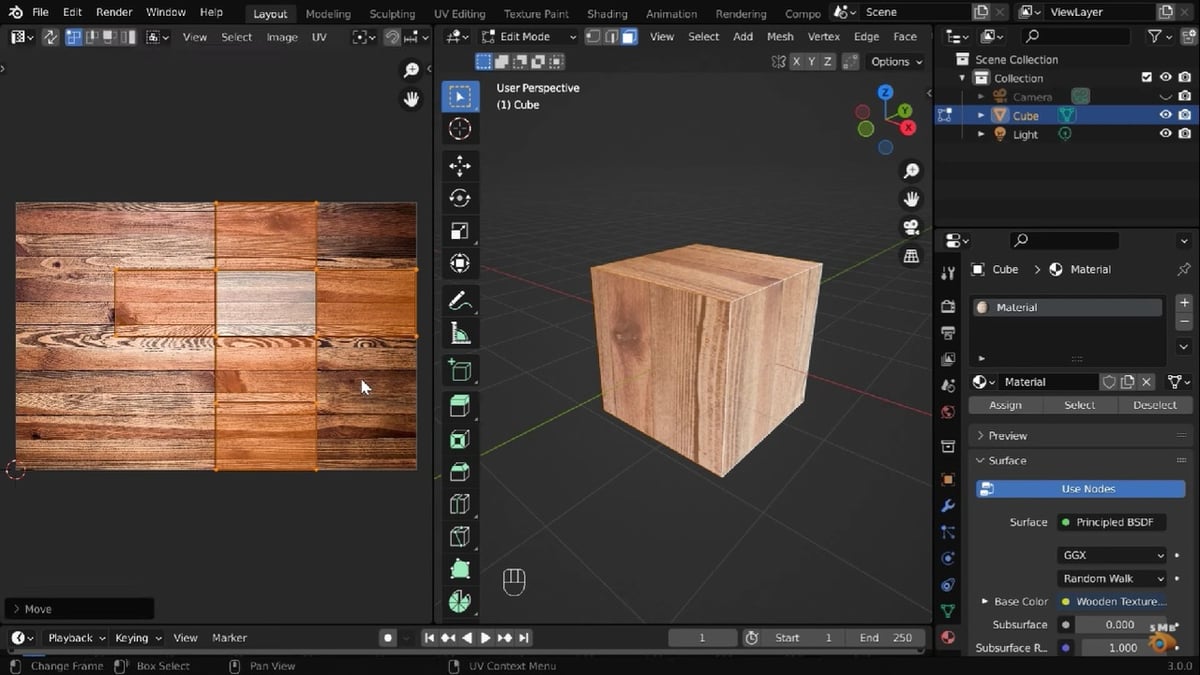
There were also many big-scale UV tool updates in 2.9. Since that update, the UV editor supports more selection options, such as edge ring select and pick the shortest path, for more precise UV mapping. Users also get the possibility to rip edges, hide, or select curve handles.
3.0 didn’t get much in terms of new tool functionality, but some tools did change location. For example, the UV Stretch tool is now located in the Show Overlays menu on the drop-down menu of the UV editing panel. So, keep an eye out for new locations.
Besides the location changes, material previews have been updated, and you can now save textures in the Asset Browser.
Animation and Rigging

In 2.9, rigging saw some improvement with better control of properties, thanks to library conditions such as constraints, modifiers, and camera object data. Aside from that, however, not much changed in 2.9.
In 3.0, constraints now have apply, duplicate, and copy options, as well as some other minor changes. Additionally, poses received a major upgrade with the new Pose Sliding Operator, which allows you to drag image poses and create in-between keyframes without permanently altering your base pose.
Also, remember that you can now store different poses in the Pose Library. Custom bone shapes also received translation, rotation, and scale options, and bendy bones now have toggle tools, to better control their start and end handles.
2D Animation

Even though Blender is fundamentally a program for 3D modeling and animation, the grease pencil is one of its most popular and marketable tools. It’s a uniquely useful tool to create 2D animation in a 3D environment. Perhaps thanks to its popularity, the tool is constantly being updated.
The 2.9 update included many great improvements, onion support for layers when working with a grease pencil, for example. The ability to animate layer masks and use light properties was also added. With reproject strokes, you can keep the original strokes of your drawing, and if you’re really smart, you can now access keyframes by using Python.
With 3.0, the 2D animation updates didn’t stop. The grease pencil now has a vertex weight modifier, which generates weight based on pencil sensitivity like angle or speed of strokes. As artists will know, line weight can greatly improve the quality and fluidity of a drawing.
There’s also a new length modifier to modify the length of a stroke, even following curves. Additionally, there’s a new modifier called the Dot-Dash (.-) modifier, which generates dot-dash segments from a stroke, allowing you to create patterns easily.
The render speed of 2D animation has also improved, and animation quality has been enhanced with camera overscan, which allows lines to extend beyond the frame of the camera. This means the drawing doesn’t need to be confined to the camera space.
It is worth mentioning, though, that since 3.0, some people are experiencing issues with CPU overload when working on 2D animation. In such cases, the CPU will be at 9-15% usage (not high at all), but the program may start lagging and become buggy.
Rendering
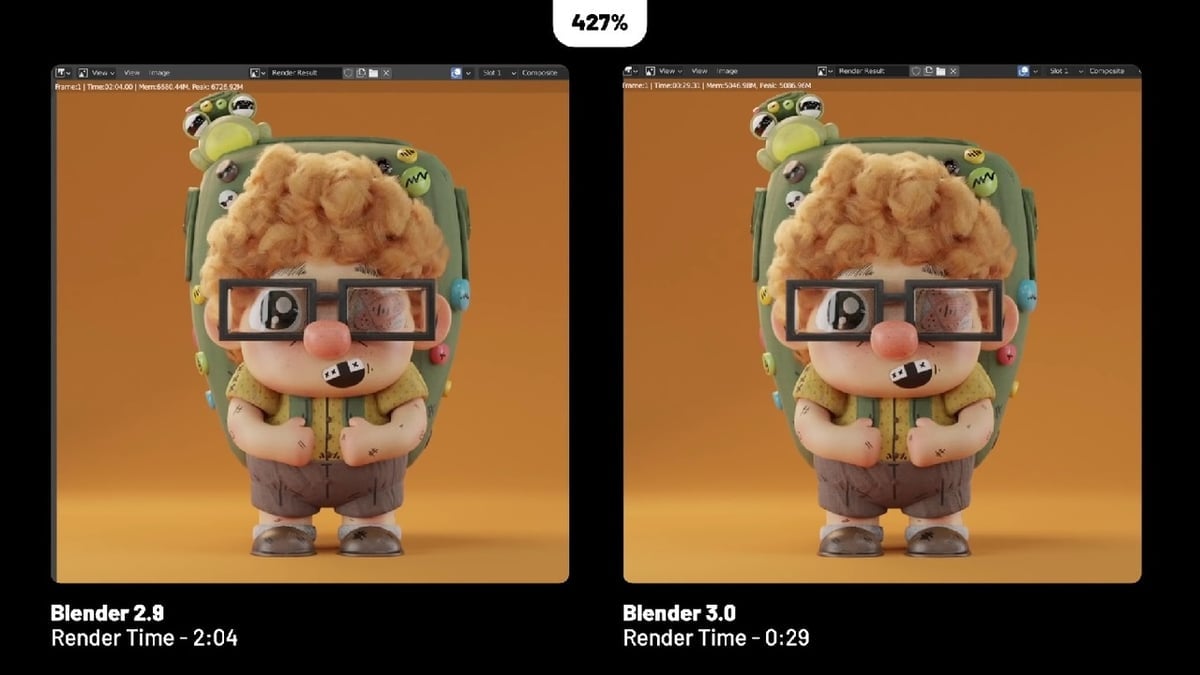
With each big update, rendering performance is improved little by little, and 3.0 is no exception. Rendering is faster than ever, “2 to 8 times faster” in Cycles according to the official Blender release notes. Based on the user community’s initial reactions, this seems to hold true.
Users say Cycles really flies now, which has made it enjoyable to use. Also, a previous error that used to show up – a message that read “Out of GPU memory” – is gone. Cycles isn’t the only rendering engine that got faster, though. Eevee did too.
Eevee is the rendering engine primarily used for less photo-realistic renders, and with 2.9, it got many upgrades, including supported motion blur for mesh deformation. The upgrades to Eevee in 3.0 have made it so fast that users report they can work on live renders that are near photo-realistic.
Baking tools also received some improvement. The 2.9 updates included a new ray setting that limits how far rays can travel when baking. Now in 3.0, baking even supports ray-tracing with Nvidia optics.
Blender has also been working on improving hair. In 2.9, two new hair shapes were added, and in 3.0, its rendering speed was also considerably increased.
VR
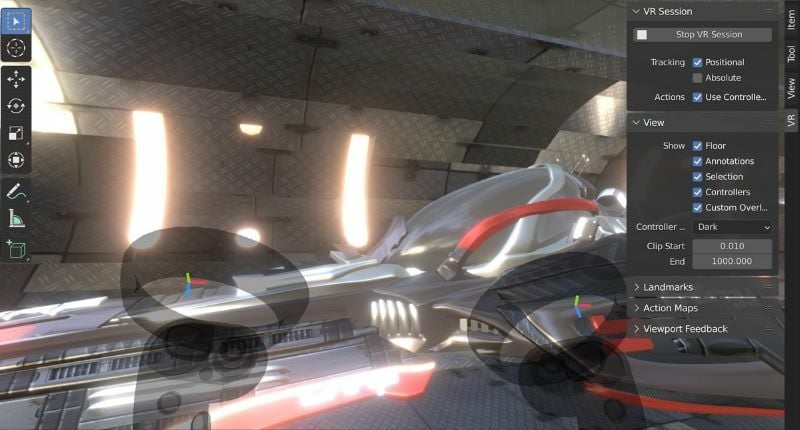
VR in Blender is still a “for-fun” tool. Slowly but surely, however, features are being added to expand its virtual reality functionality. In 3.0, the major VR update is controller support.
You can now see controllers (i.e. your hands inside the virtual space) in the viewport and move around a scene. It isn’t Sword Art Online, but at least we have hands now!


